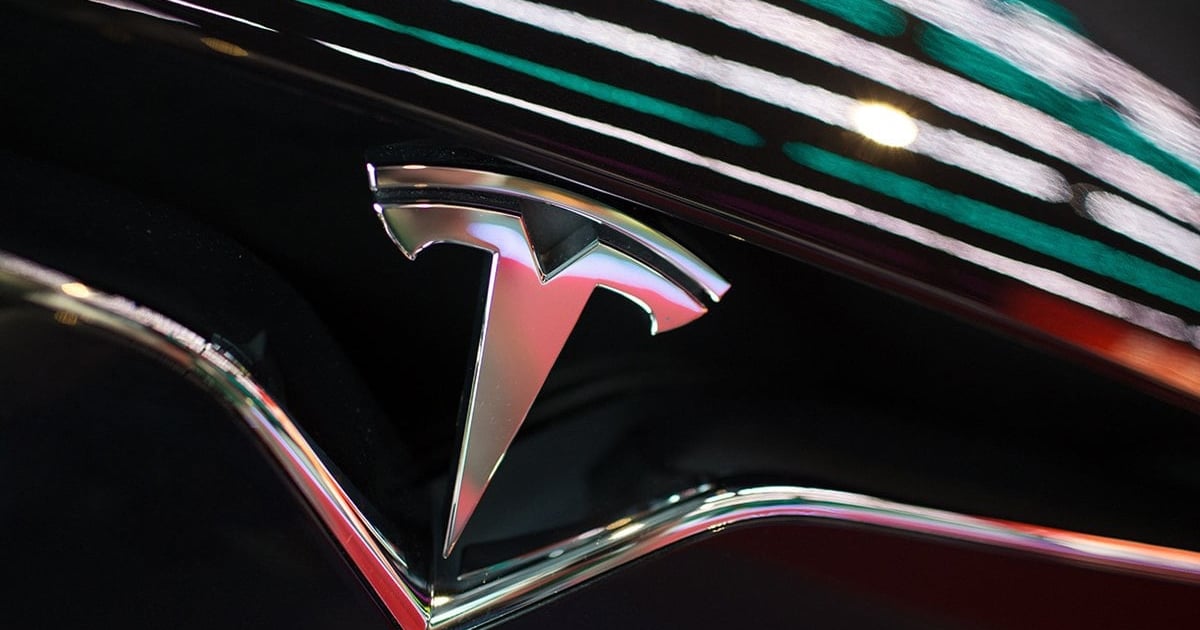
Tesla Inc. has been cutting prices this year to bolster sales of its aging EVs, but that has also likely reduced its industry-leading profit margins. That volume-over-profit approach will be the major focus of its first-quarter earnings report Wednesday.
The EV maker likely sold 161,630 vehicles in the U.S. in the January-March period, according to Cox Automotive, which represents a 25 percent increase compared with a year earlier but far below CEO Elon Musk’s 50 percent global growth target.
Tesla doesn’t break out U.S. sales but reported global deliveries of 422,875 for the first quarter, a 4.3 percent increase compared with the previous quarter. That increase suggests that price cuts were necessary to maintain growth amid rising EV competition.
At the same time, Tesla is expected to report auto gross margin of 23 percent after the market close Wednesday, according to a Visible Alpha survey of market analysts. A year earlier, Tesla reported a 33 percent gross margin, Reuters said.
The profit reduction was expected after price cuts of up to 20 percent on some versions of Tesla’s best-selling Model Y crossover in the U.S. Tesla has also cut prices in Asia, Europe and the Middle East to bolster sales this year.
In January, Tesla CFO Zachary Kirkhorn estimated that gross margin would not fall below 20 percent, which is still very healthy by industry standards. Tesla’s stock price this year was up by more than 70 percent as of Monday’s close.
Wedbush analyst Daniel Ives, who is bullish on Tesla, said in a Twitter post Sunday that the main focus of investors going into earnings is “the margin structure of the business model.”
“Auto gross margins north of 20 percent is the key,” he said.
Tesla already beat global sales expectations with first-quarter deliveries, Ives said, proving that the price cuts were a smart move by the automaker to defend its EV share.
Morgan Stanley said in a research note Monday that it expects “a decent” first-quarter report from Tesla but warned that maintaining a minimum 20 percent gross margin could be challenging if additional price reductions are necessary for growth.
“Our working assumption is that Tesla will continue its price cut campaign,” said Morgan Stanley analyst Adam Jonas. He said the firm has heard from investors who forecast a range of gross margins from 17 percent to above 24 percent in the first quarter, including items such as software sales and lower lithium prices that could boost profitability.
Tesla has to keep up with growing competition and its own growing manufacturing footprint, meaning that it has to increase sales as its new factories ramp up in Texas and Germany to prevent inventory buildup. Tesla also expanded its China plant.
It announced in early April that its Austin, Texas, factory built 4,000 Model Ys in a week. That comes a year after starting production. The automaker is also preparing for the start of production of the Cybertruck pickup this year.
Tesla is one of the main beneficiaries of the new federal EV tax incentive of up to $7,500 per vehicle. Under the previous version of the incentive, Tesla lost eligibility in 2020 after reaching its quota of 200,000 vehicles.
The U.S. Treasury on Monday released an updated list of vehicles that qualify for the new EV incentive, which requires North American vehicle assembly and battery sourcing from the U.S. or its free-trade partners.
Tesla’s Model Y qualifies at $7,500 for all versions under last year’s Inflation Reduction Act, and the base Model 3 sedan qualifies at $3,750 because it uses cells from China. The Model 3 Performance trim qualifies at $7,500 because it uses locally sourced cells from Panasonic. Tesla’s Model S sedan and Model X crossover don’t qualify because their stickers exceed the new rule’s price caps.
Financial firm Baird said that Tesla is best positioned to benefit from the push toward EV adoption from tax incentives and from tighter emissions rules proposed by the Biden administration.
“We expect EV adoption to gain steam as the policy backdrop continues to be supportive of electrification,” said Baird in a research note last week. “Tesla’s leadership in scale, technology, manufacturing, cost and depth of talent continue to differentiate itself from competitors.”
Reuters contributed to this report.

